Tom's Hardware Verdict
Sapphire's top-tier take on AMD's RX 7800 XT pairs a large cooler with three high-quality fans to provide excellent cooling and noise levels, with higher performance but also a higher price.
Pros
- +
Excellent cooling and noise levels
- +
Great 1440p and 1080p performance
- +
Plenty of VRAM, with 16GB on 256-bit bus
- +
RGB bling (if you like that)
Cons
- -
More expensive than reference design
- -
Large triple-slot form factor needs a big case
- -
AMD RDNA 3 isn't as efficient as Nvidia Ada
Why you can trust Tom's Hardware
The Sapphire RX 7800 XT Nitro+ takes the base Radeon RX 7800 XT and makes it better: better cooling, better performance, and better noise levels. It also adds some RGB lighting to brighten your day, and your PC, but bumps the price up over 10% compared to the reference design. The 7800 XT already ranks as one of the best graphics cards, and Sapphire improves on it in useful ways.
Here's a rundown of the specifications, including other relevant GPUs.
| Graphics Card | RX 7800 XT Sapphire | RX 7800 XT | RX 6800 XT | RTX 4070 | RTX 4060 Ti 16GB | RTX 4060 Ti |
|---|---|---|---|---|---|---|
| Architecture | Navi 32 | Navi 32 | Navi 21 | AD104 | AD106 | AD106 |
| Process Technology | TSMC N5 + N6 | TSMC N5 + N6 | TSMC N7 | TSMC 4N | TSMC 4N | TSMC 4N |
| Transistors (Billion) | 28.1 + 4x 2.05 | 28.1 + 4x 2.05 | 26.8 | 32 | 22.9 | 22.9 |
| Die size (mm^2) | 200 + 150 | 200 + 150 | 519 | 294.5 | 187.8 | 187.8 |
| CUs / SMs | 60 | 60 | 72 | 46 | 34 | 34 |
| GPU Cores (Shaders) | 3,840 | 3,840 | 4,608 | 5,888 | 4,352 | 4,352 |
| Tensor / AI Cores | 120 | 120 | N/A | 184 | 136 | 136 |
| Ray Tracing "Cores" | 60 | 60 | 72 | 46 | 34 | 34 |
| Boost Clock (MHz) | 2,565 | 2,430 | 2,250 | 2,475 | 2,535 | 2,535 |
| VRAM Speed (Gbps) | 19.5 | 19.5 | 16 | 21 | 18 | 18 |
| VRAM (GB) | 16 | 16 | 16 | 12 | 16 | 8 |
| VRAM Bus Width | 256 | 256 | 256 | 192 | 128 | 128 |
| L2 / Infinity Cache | 64 | 64 | 128 | 36 | 32 | 32 |
| ROPs | 96 | 96 | 128 | 64 | 48 | 48 |
| TMUs | 240 | 240 | 288 | 184 | 136 | 136 |
| TFLOPS FP32 (Boost) | 39.4 | 37.3 | 20.7 | 29.1 | 22.1 | 22.1 |
| TFLOPS FP16 (FP8) | 78.8 | 74.6 | 41.4 | 233 (466) | 177 (353) | 177 (353) |
| Bandwidth (GBps) | 624 | 624 | 512 | 504 | 288 | 288 |
| TDP (watts) | 288 | 263 | 300 | 200 | 160 | 160 |
| Launch Date | Sep 2023 | Sep 2023 | Nov 2020 | Apr 2023 | Jul 2023 | May 2023 |
| Launch Price | $559 | $499 | $649 | $599 | $499 | $399 |
| Online Price | $659 | $500 | $500 | $550 | $450 | $390 |
First, let's quickly talk about that price. Officially, Sapphire lists a $559 MSRP, $60 more than the base price. Currently, however, the lowest price we can find for the Nitro+ model is $659 at Amazon, via a third party reseller. Obviously, that's way more than we'd suggest spending, but we're going to assume that retail prices will shortly get down to more acceptable levels.
Otherwise, the main difference as usual comes from the change in boost clocks. The reference card has a 2,430 MHz boost, while the Nitro+ has a 2,565 MHz boost — 5.6% higher. The TBP (Total Board Power) for the Sapphire card is also higher at 288 watts, a 9.5% increase over the reference card's 263W TBP. Those are just paper specifications, however, and as we'll see on page four, real-world results can differ from those values.
Perhaps the bigger deal right now is that some of Nvidia's board partners and retail outlets have dropped pricing on the RTX 4070 to $549, matching the Sapphire card's nominal price. We don't necessarily expect those deals to stick around for long, but pitting the RX 7800 XT, even in factory OC mode, against an RTX 4070 will make for a far tighter competition in raw performance, with Nvidia heavily favored in the efficiency and "proprietary extra stuff" departments — meaning DLSS upscaling, Frame Generation, and Ray Reconstruction.
AMD does provide more VRAM and bandwidth than Nvidia, with 16GB on a 256-bit interface. The best Nvidia can do is 12GB on a 192-bit interface, or alternatively 16GB on a 128-bit interface. The former comes from the RTX 4070 and represents a far better overall design than the RTX 4060 Ti 16GB, though AMD still has the edge in the memory department.
Sapphire RX 7800 XT Nitro+ Overview
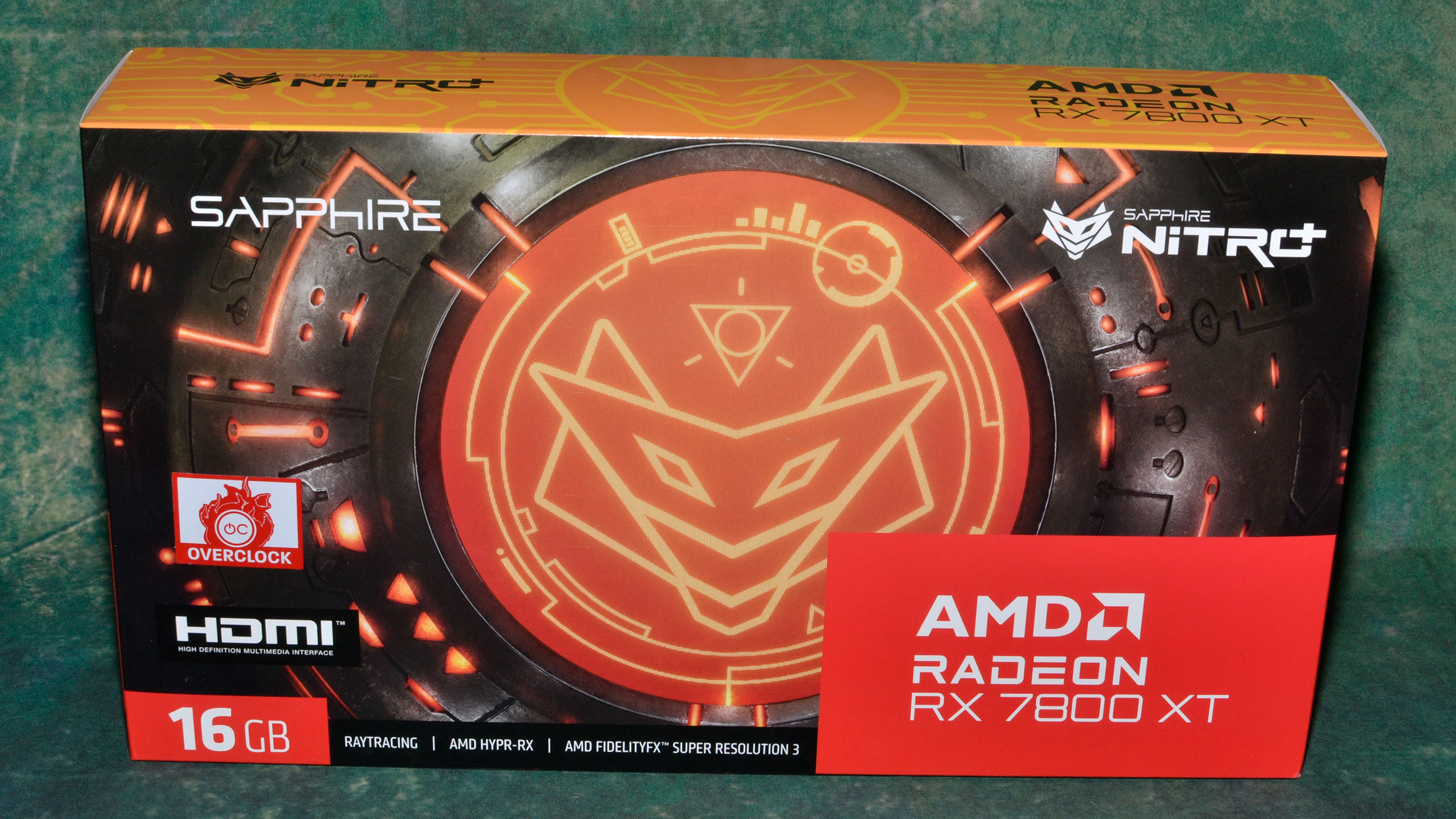
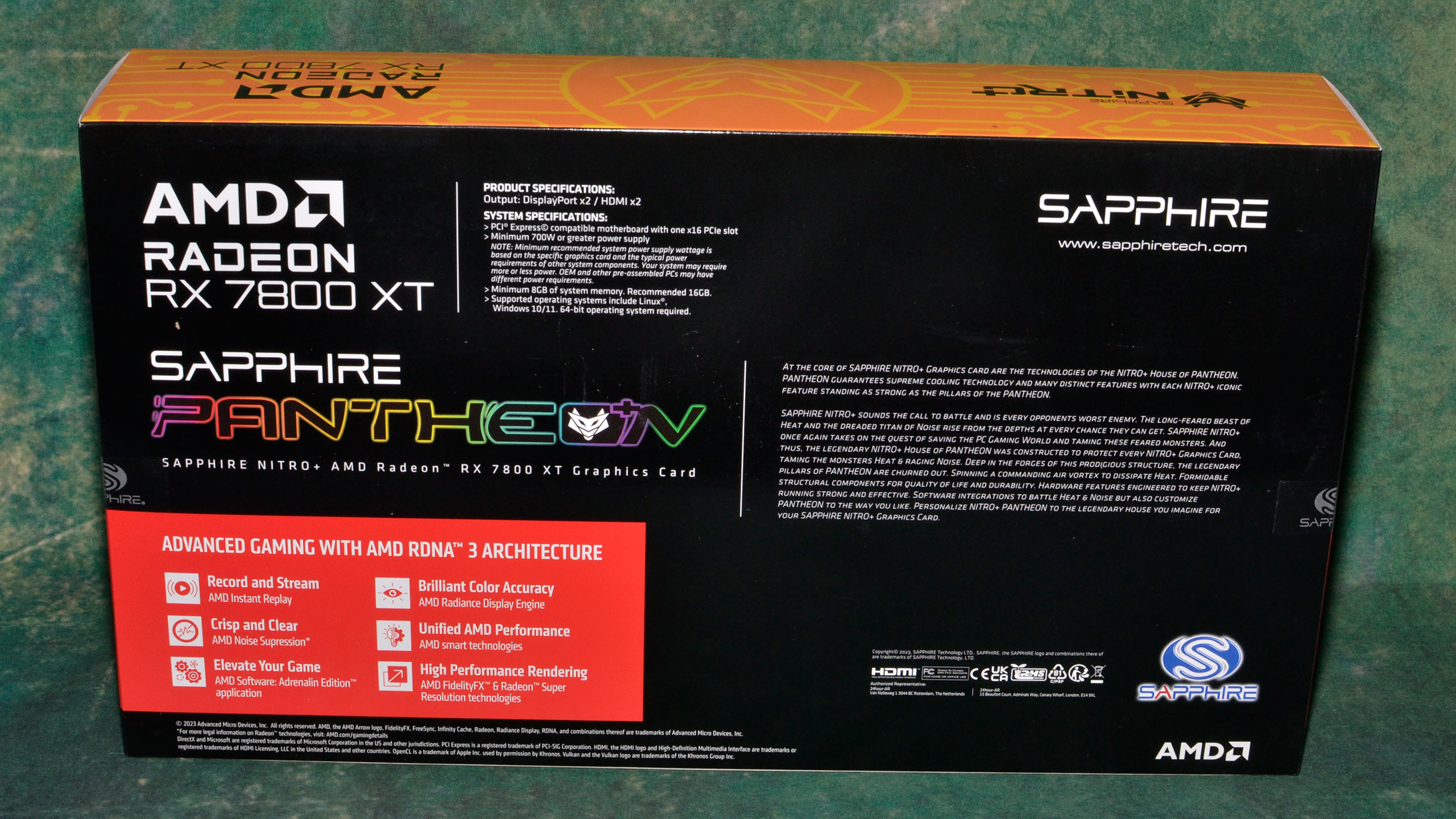
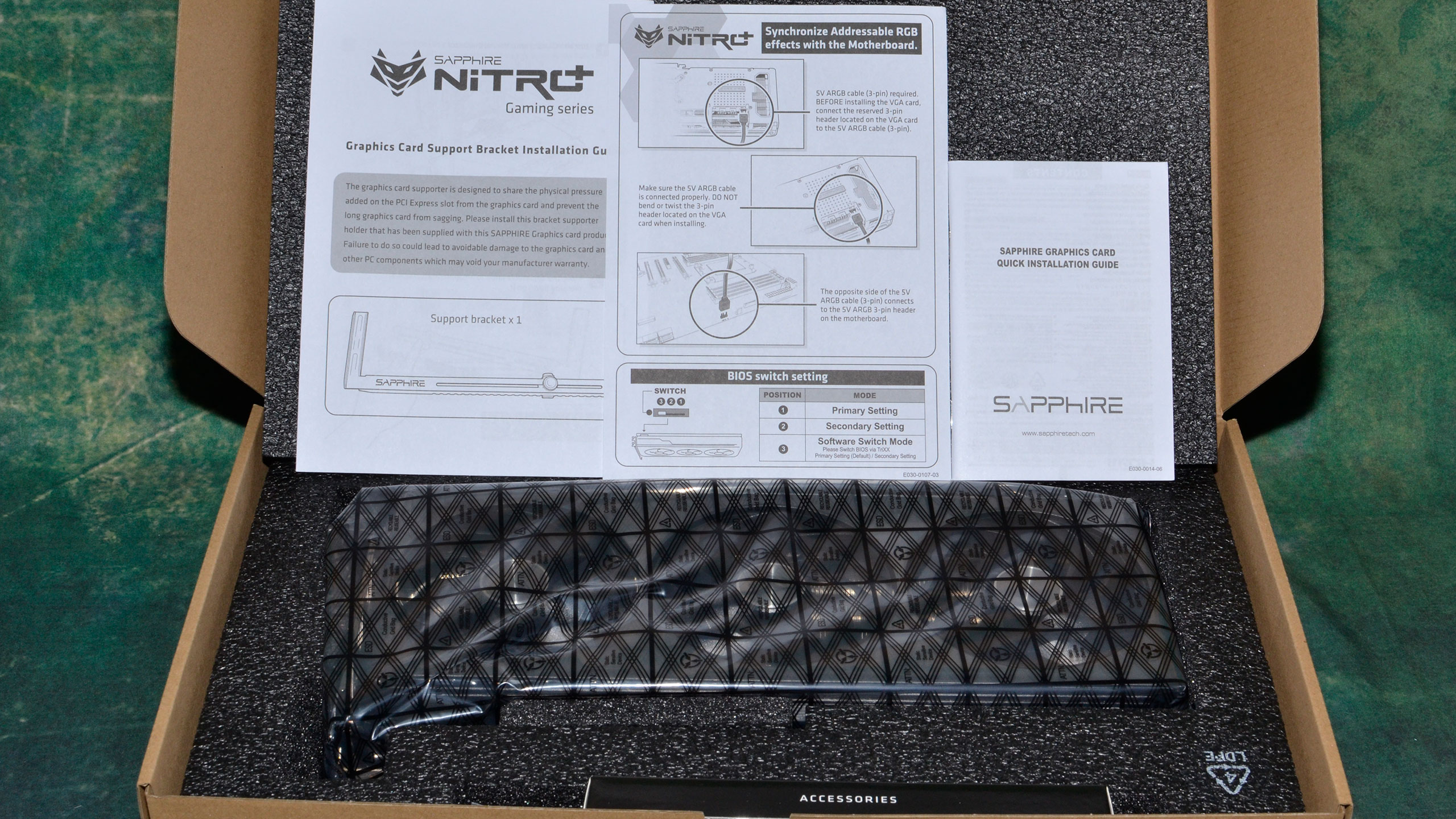
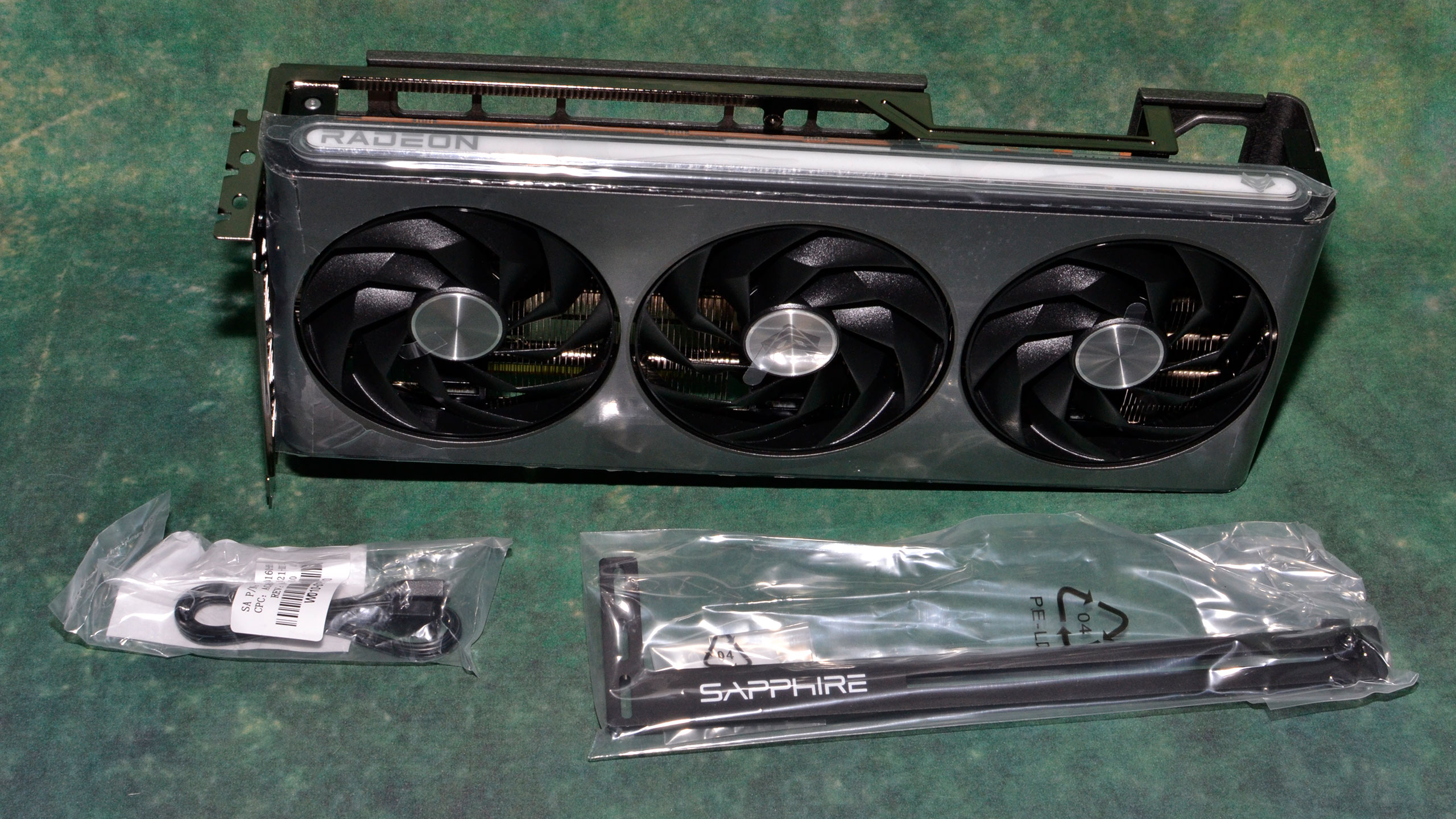

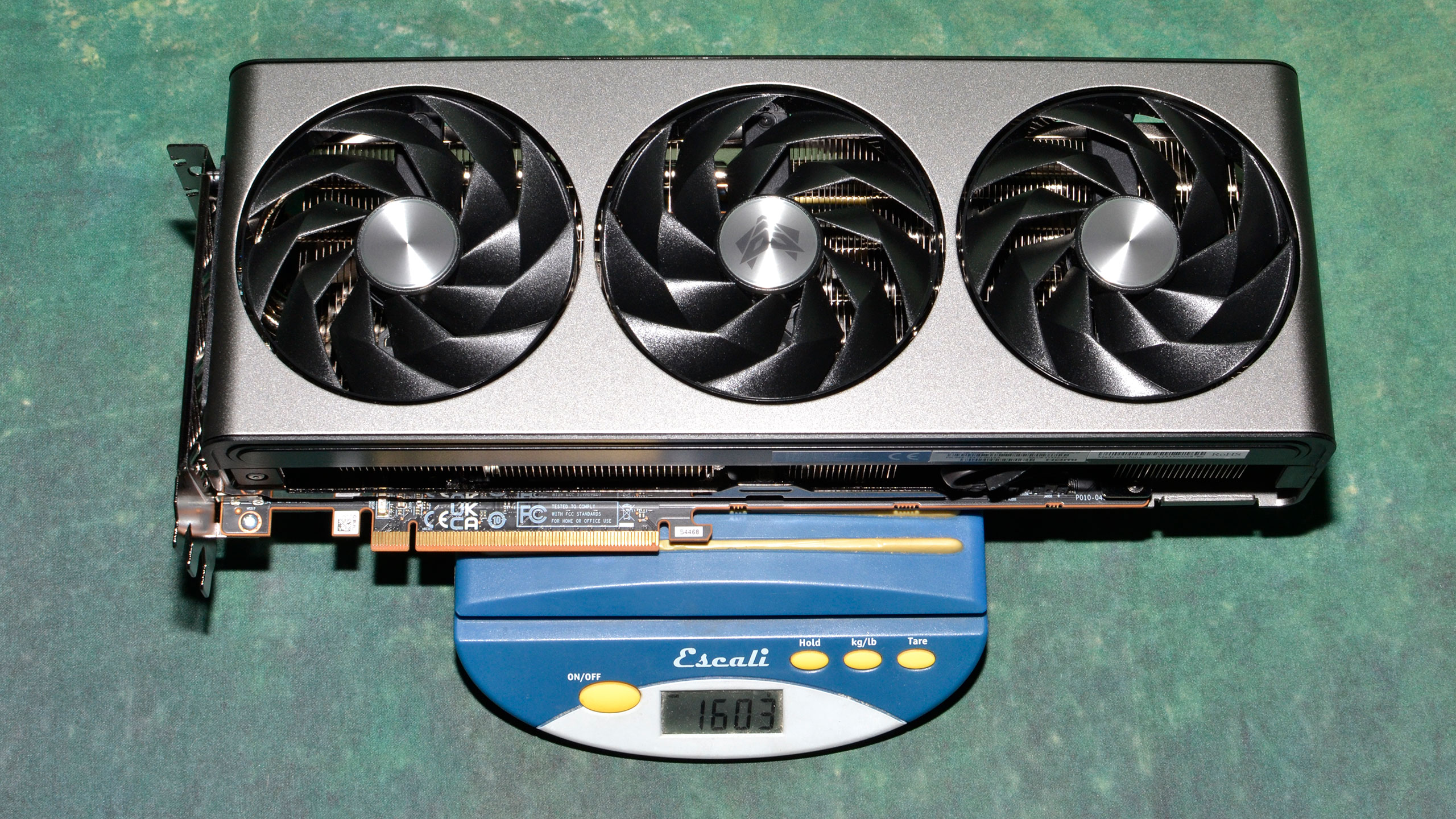
Sapphire's RX 7800 XT Nitro+ represents more or less the top of what we can expect to see from this particular GPU. It has a massive cooler, relatively speaking, and higher power and clock speeds. In practice, it ends up about 3–5 percent faster than the reference card, thanks to using both more power and hitting higher clocks.
There's not much to say about the packaging, which follows the usual trend of including a large box for the large card, complete with sticky plastic over some of the card's surfaces. Sapphire also includes a support bracket, which can be useful due to the sheer size of graphics card, though they're also a bit tricky to install in our experience. At least they won't end up banging around if you move your case, which is a potential issue with some of the support stands.
Another extra you get with the Nitro+ is an RGB lighting cable. This allows you to sync up the Sapphire card with the motherboard's RGB lighting, should you choose to go that route. It's a small thing for some, but if you want a one-stop solution to ARGB lighting controls, this should help.
The Sapphire RX 7800 XT Nitro+ measures 320 x 135 x 62 mm, which is quite large for a sub-300W graphics card. It's also a rather hefty card and weighs 1,603 grams — 3.53 pounds. That's significantly more than the reference 7800 XT, which measures 268 x 109 x 49 mm and weighs 1,107 g. Bigger and heavier cooling will certainly get the job done, though.
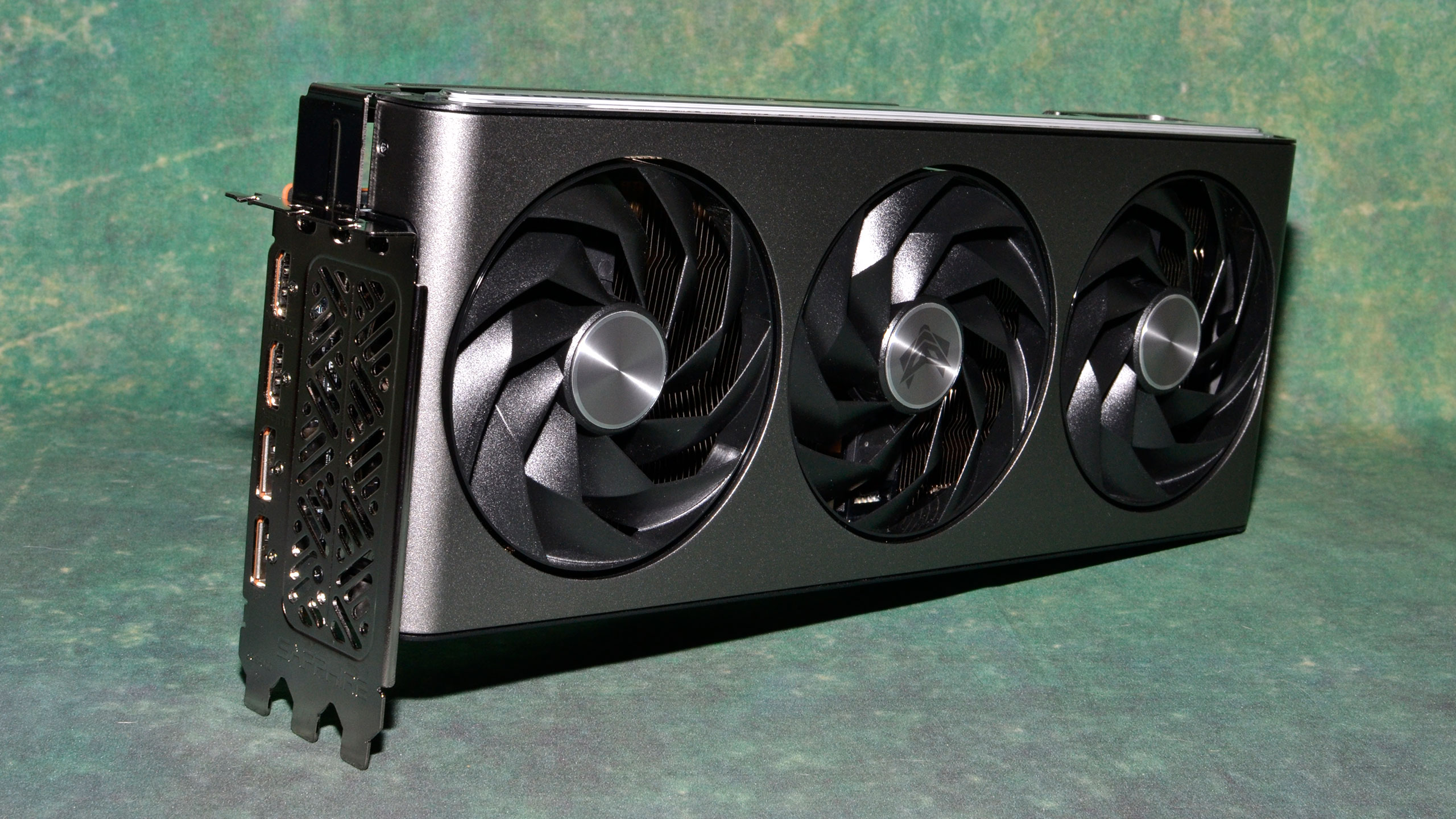
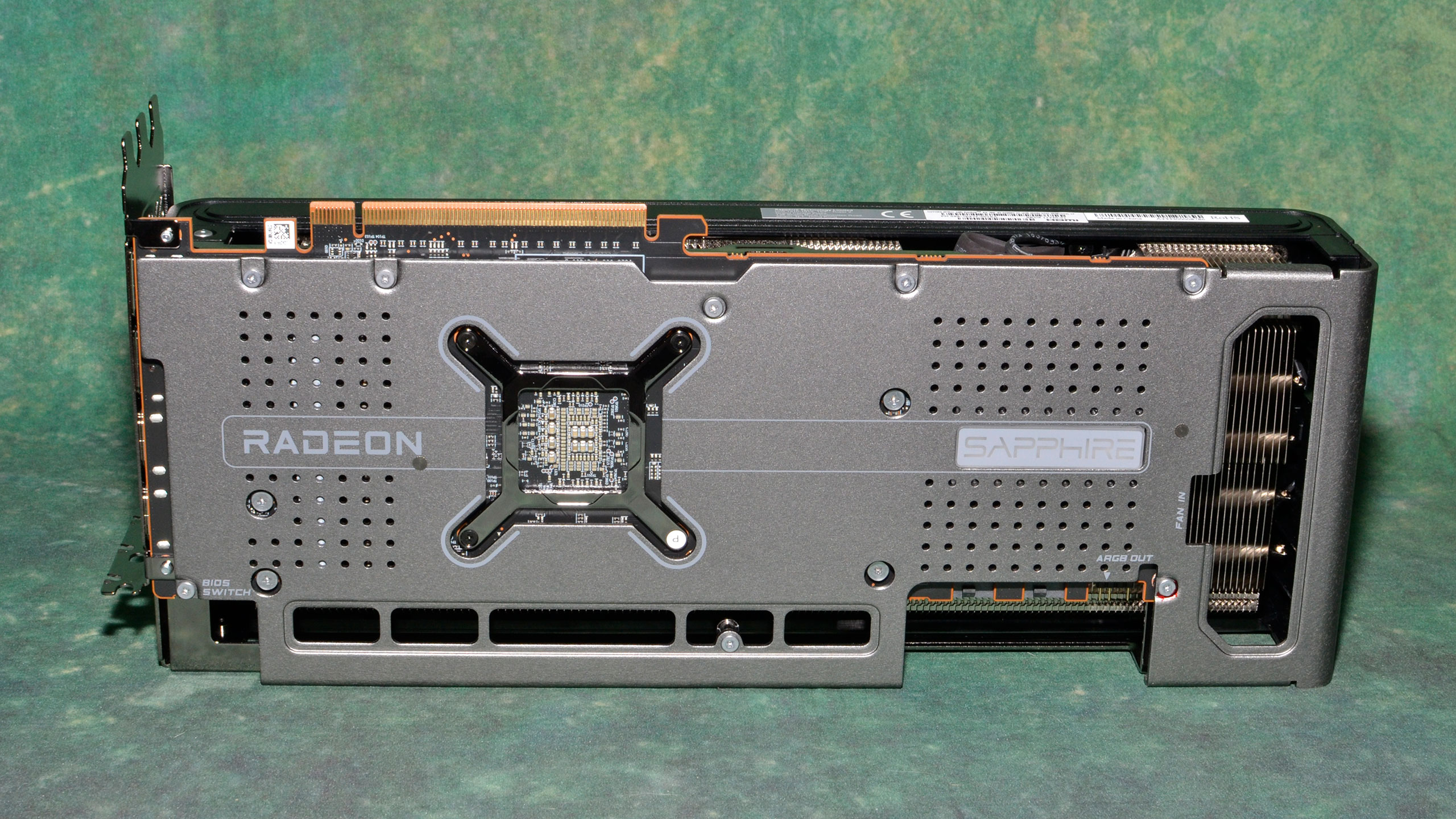


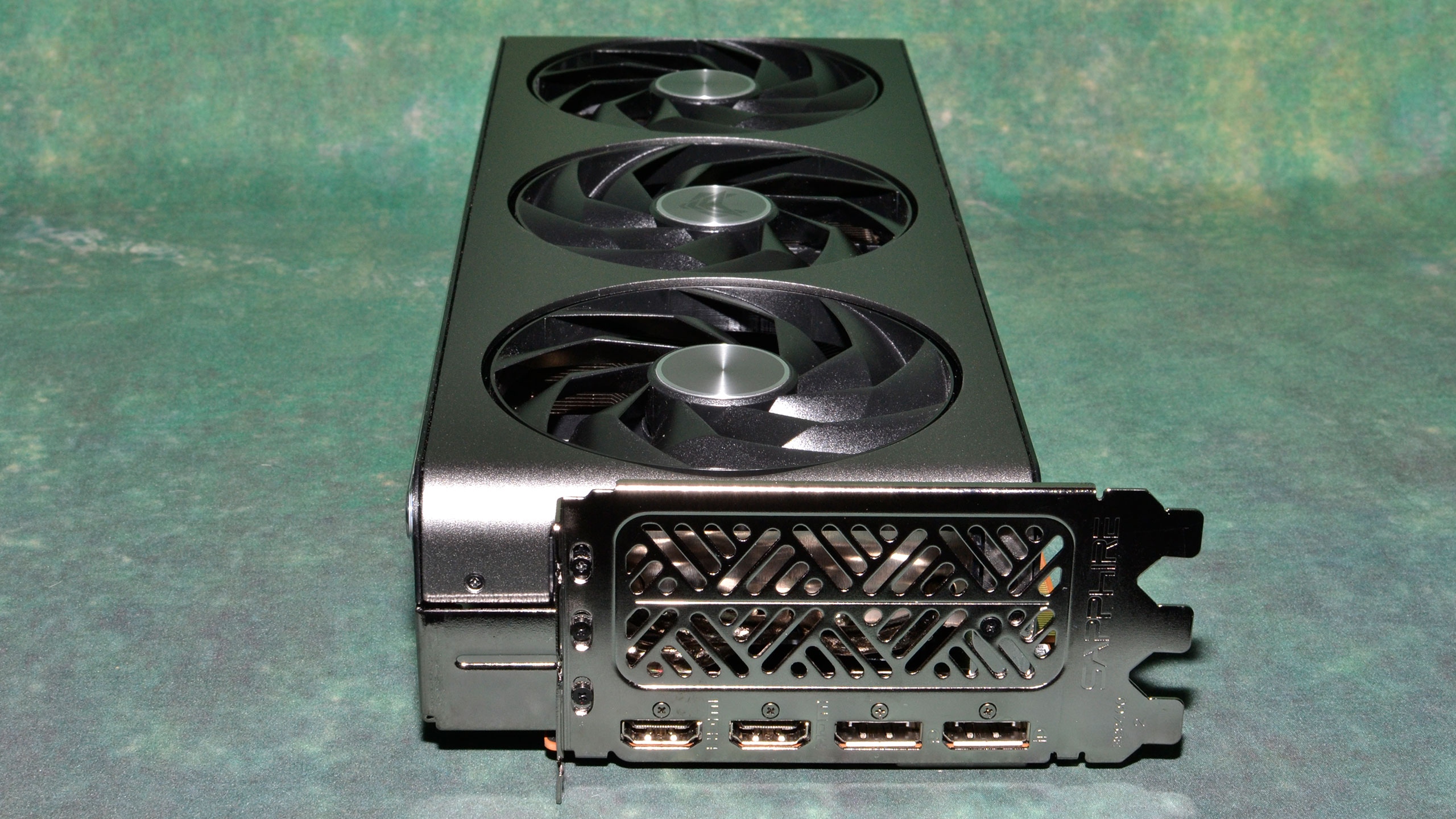

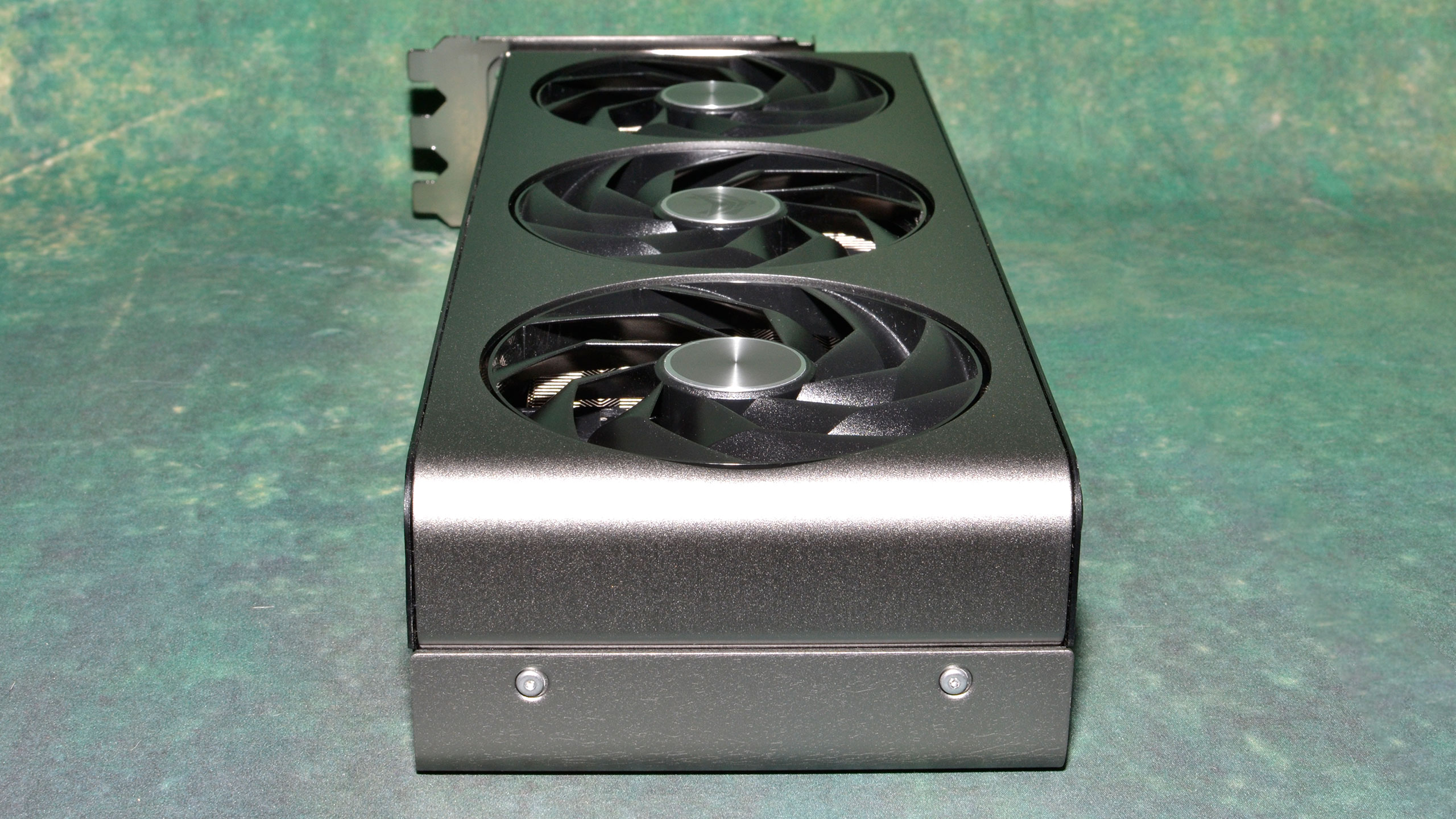

Sapphire uses three of its "Angular Velocity Fan Blade" fans, which we've seen before on the Sapphire RX 7900 XT and Sapphire RX 7900 XTX. As you might expect, if such cooling is sufficient for the higher spec RDNA 3 GPUs, it won't have difficulties dealing with the lower power RX 7800 XT. The fans measure 95mm in diameter, which means they can move significantly more air at lower RPMs than the reference card's dual 85mm fans.
RGB lighting consists of a large bar across the top of the card, with several lighting zones that by default cycle colors. There's also a Sapphire logo on the back of the card that lights up. If you like some bright LEDs to go with your graphics card, the Nitro+ should definitely light up your life.
Like the reference 7800 XT, Sapphire provides dual 8-pin power connectors, capable of providing up to 300W, plus an additional 75W from the PCIe x16 slot. That's the same as the RX 7900 XT Pulse, and one less than the 7900 XTX Nitro+. Again, we're more than happy to stick with 8-pin connectors rather than 16-pin connectors with adapter cables.
The Sapphire Nitro+ includes includes two HDMI 2.1 ports and two DisplayPort 2.1 UHBR13.5 outputs. HDMI 2.1 offers a peak data rate of 42 Gbps, while DP2.1 UHBR13.5 offers a peak data rate of 52.22 Gbps. Either way, you get up to 4K 240 Hz support with DSC (Display Stream Compression), though DP2.1 could theoretically go higher if and when we start to get UHBR13.5 compatible monitors.
Sapphire RX 7800 XT Nitro+ Test Setup
We updated our GPU test PC at the end of last year with a Core i9-13900K, and for third-party (post-launch) graphics card reviews, we'll stick with just that system. We also skip some of the extra tests that we run for launch reviews, like lower and higher resolutions, depending on the GPU, as well as stuff like AI and professional workloads.
You can check our GPU benchmarks hierarchy for a broader view of how performance stacks up against other chips, or refer to the AMD RX 7800 XT review for the professional, AI, and other resolution tests. In short, you can expect similar performance scaling for those workloads as we'll see with the Sapphire card in our 1080p ultra and 1440p ultra gaming benchmarks.
TOM'S HARDWARE 2023 Gaming PC
Intel Core i9-13900K
MSI MEG Z790 Ace DDR5
G.Skill Trident Z5 2x16GB DDR5-6600 CL34
Sabrent Rocket 4 Plus-G 4TB
be quiet! 1500W Dark Power Pro 12
Cooler Master PL360 Flux
Windows 11 Pro 64-bit
GRAPHICS CARDS
Sapphire RX 7800 XT Nitro+
AMD RX 7900 XT
AMD RX 7800 XT
AMD RX 7700 XT
AMD RX 6800 XT
AMD RX 6800
Nvidia RTX 4070 Ti
Nvidia RTX 4070
Nvidia RTX 4060 Ti 16GB
Nvidia RTX 4060 Ti
We're using AMD's release 23.9.1 drivers for this review, which should be similar to the preview launch drivers in performance. The results from other cards are from the past few months of testing, with a few updates where we noticed larger changes.
We're including a limited selection of current-generation and previous-generation hardware in our charts, including cards that are one step up from or one or two steps down from the RX 7800 XT.
Our current test suite consists of 15 games, nine of which are tested in pure rasterization mode — whether or not the game supports DirectX Raytracing (DXR) — and six of which are tested with DXR features enabled. While many of the games in our test suite support upscaling — twelve support DLSS 2, five support DLSS 3, and five support FSR 2 — that's not a primary factor in our testing as we stick with native rendering in all cases.
We're testing the Sapphire RX 7800 XT at 1080p ultra and 1440p ultra, basically at maxed out settings (though MSAA is left off in RDR2 as an example). If you want 1080p medium and 4K ultra results, check those links for the results from our initial 7800 XT testing.
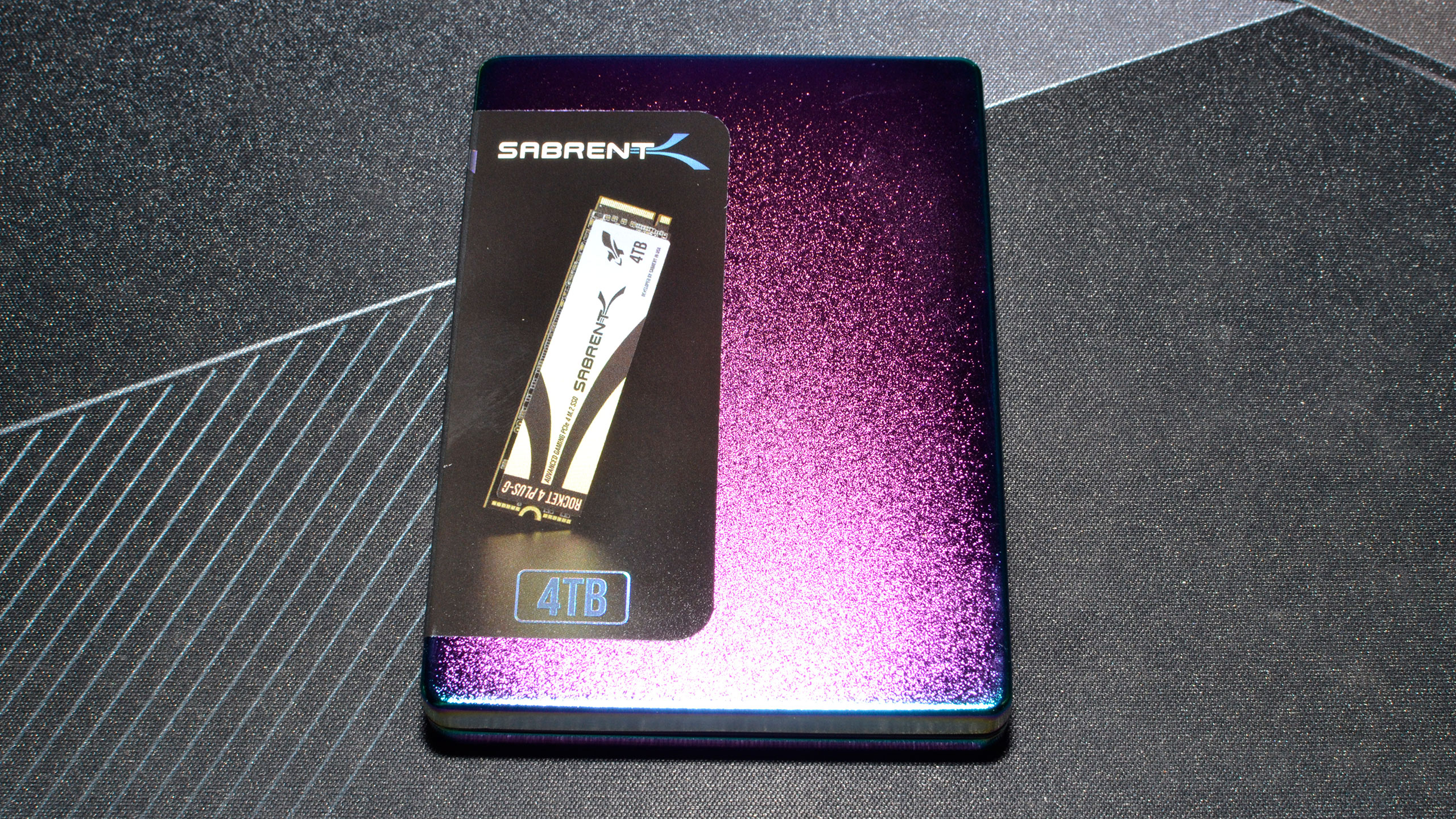
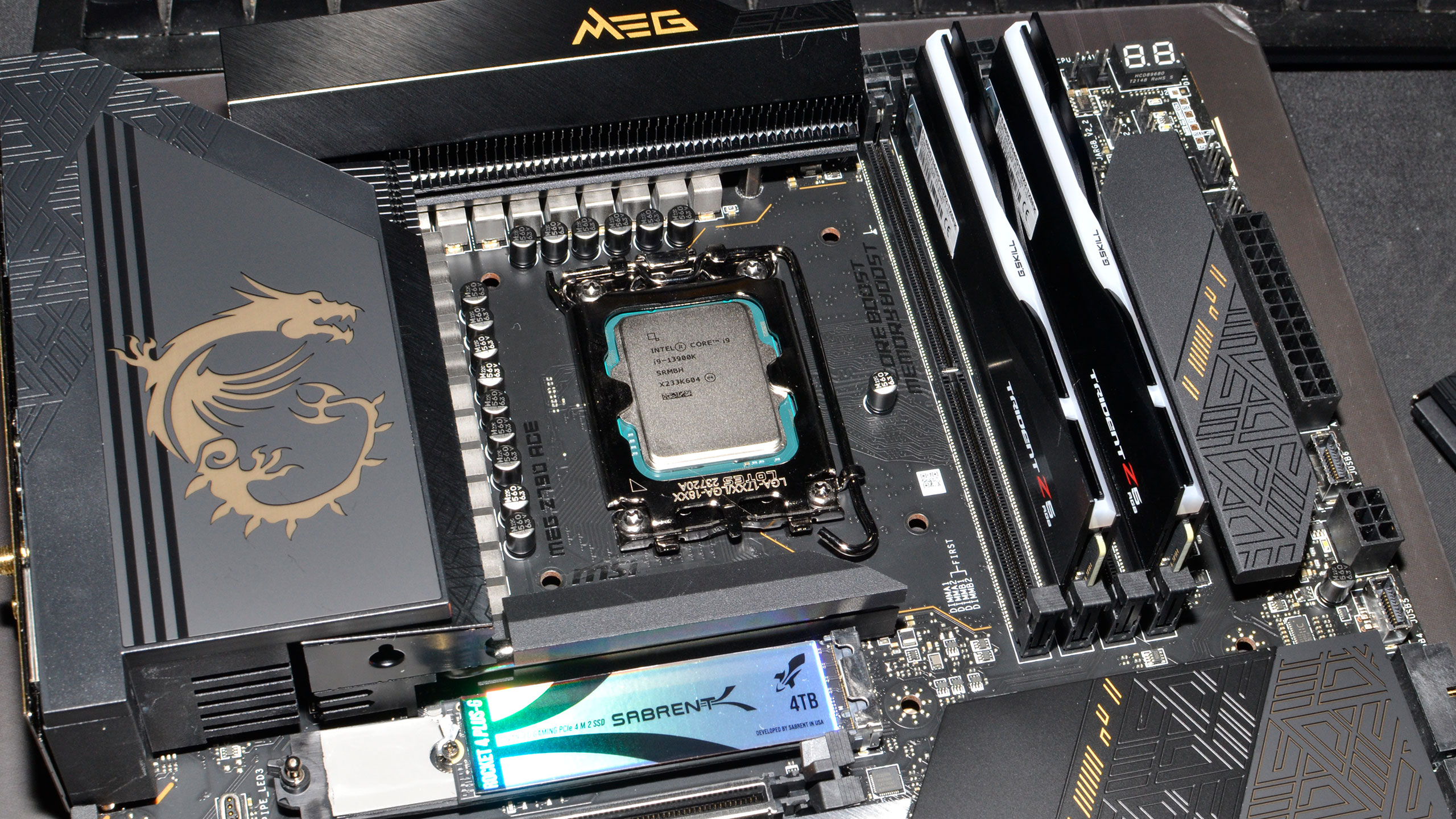
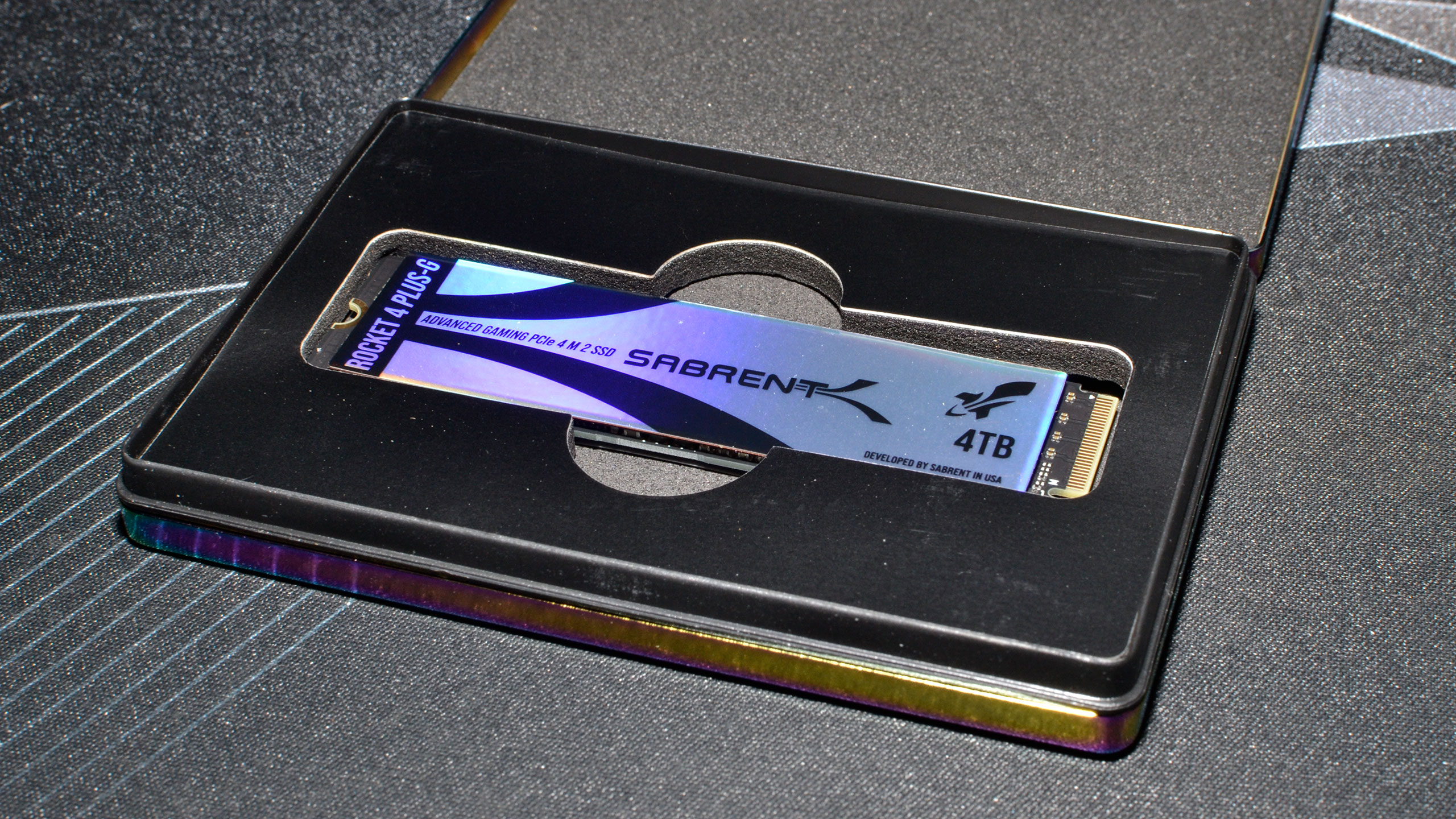
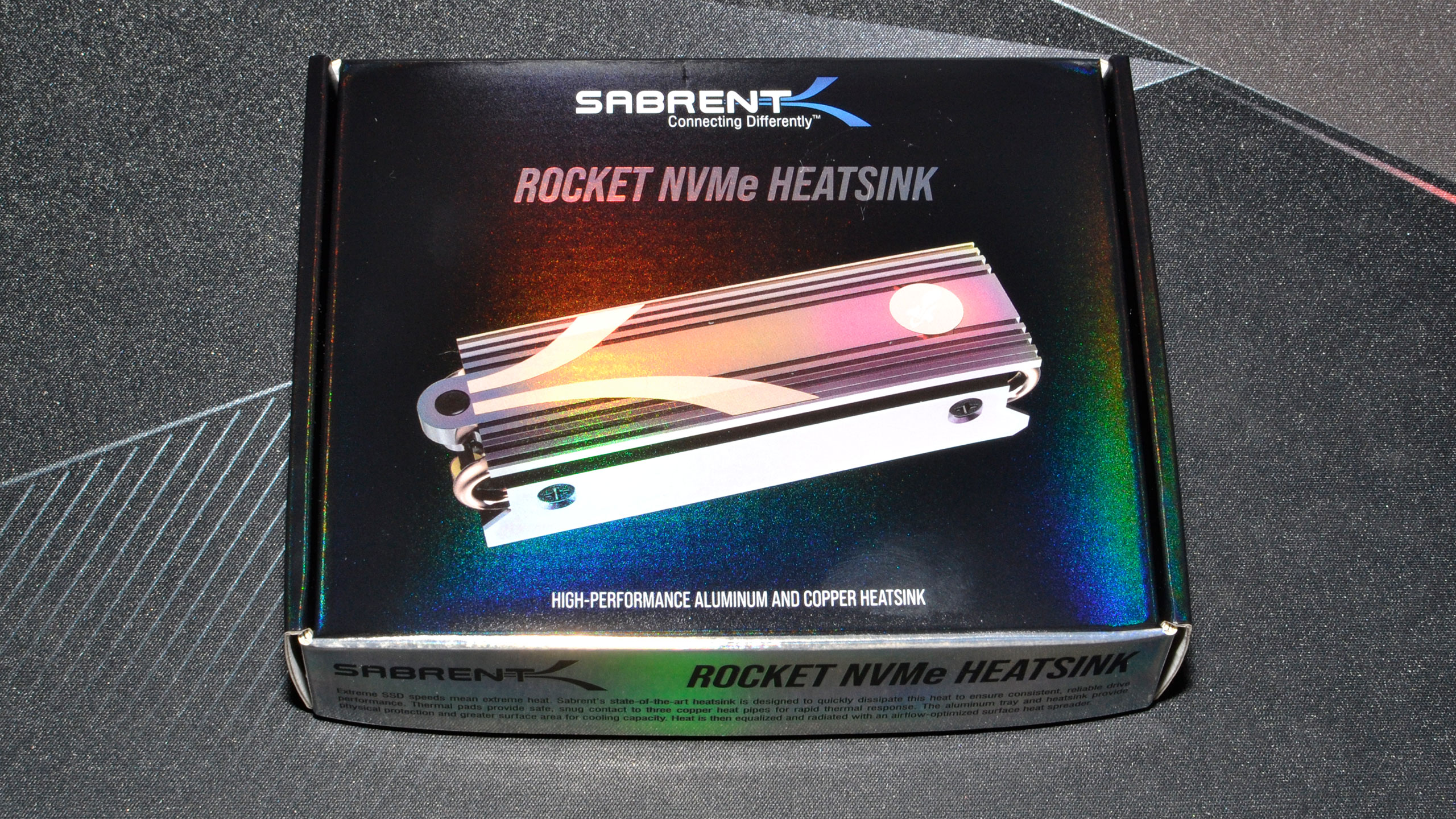


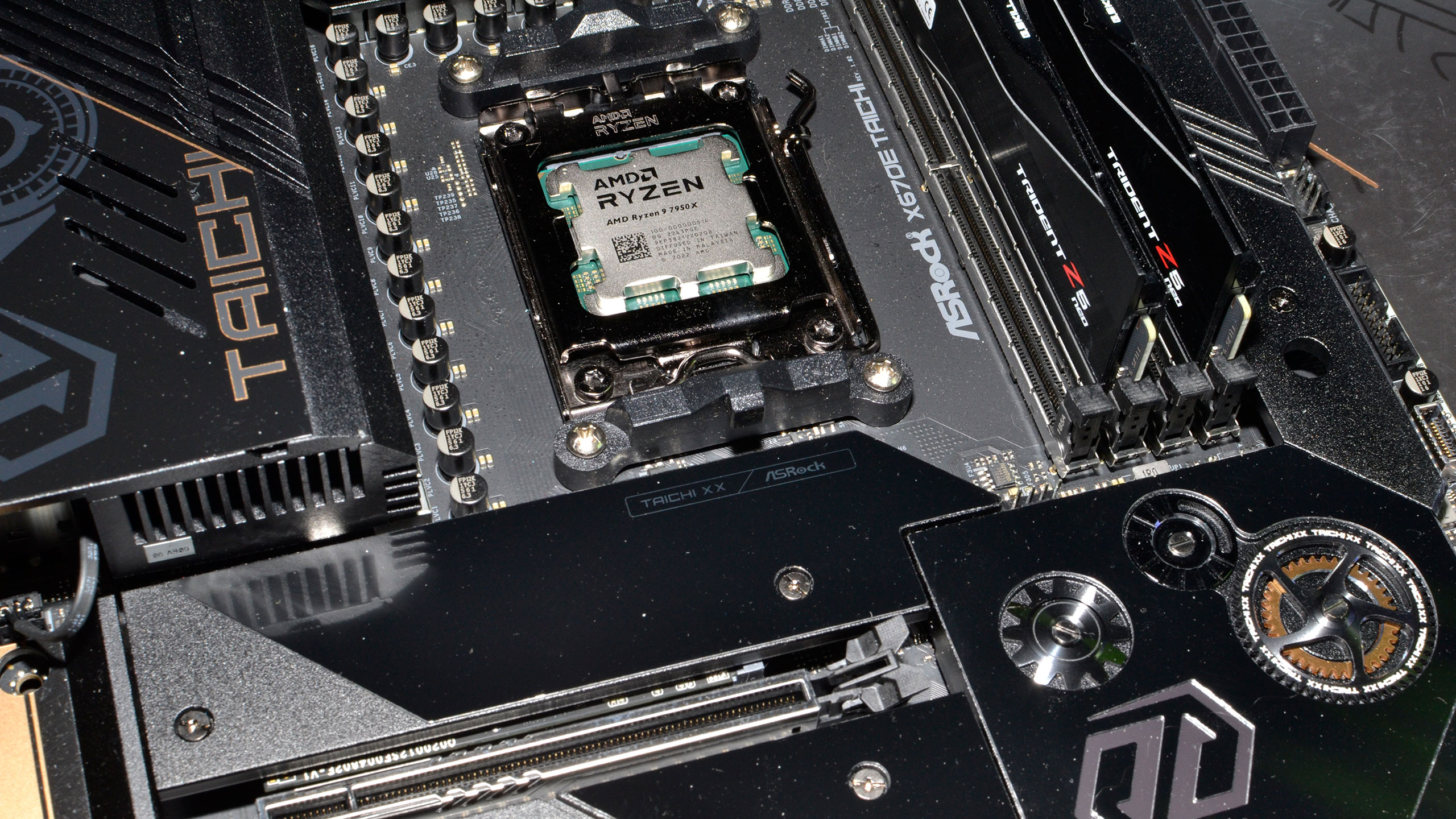
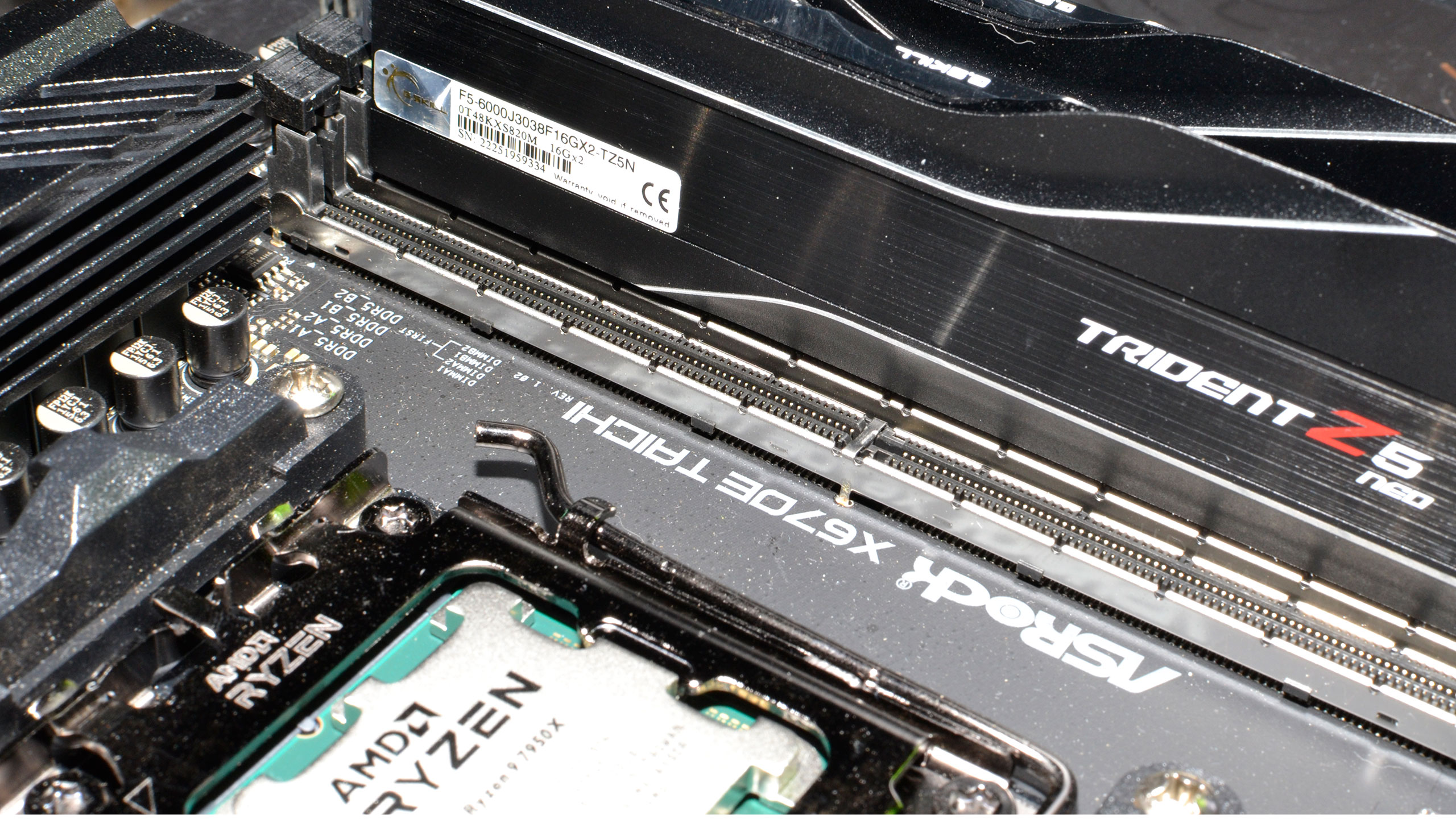
Our PC is hooked up to a Samsung Odyssey Neo G8 32, one of the best gaming monitors around, allowing us to fully experience some of the higher frame rates that might be available. G-Sync and FreeSync were enabled, as appropriate. As you can imagine, getting anywhere close to the 240 Hz limit of the monitor proved difficult, as we don't have any esports games in our test suite.
We run Windows 11 22H2, with InControl used to lock our test PC to that major release for the foreseeable future (though critical security updates still get installed monthly). Our new test PC includes Nvidia's PCAT v2 (Power Capture and Analysis Tool) hardware, which means we can grab real power use, GPU clocks, and more during all of our gaming benchmarks. We'll cover those results on our page on power use.
Get Tom's Hardware's best news and in-depth reviews, straight to your inbox.
- MORE: Best Graphics Cards
- MORE: GPU Benchmarks and Hierarchy
- MORE: All Graphics Content
Current page: Sapphire RX 7800 XT Nitro+ Review
Next Page Sapphire RX 7800 XT Nitro+: 1440p Ultra Gaming Performance
Jarred Walton is a senior editor at Tom's Hardware focusing on everything GPU. He has been working as a tech journalist since 2004, writing for AnandTech, Maximum PC, and PC Gamer. From the first S3 Virge '3D decelerators' to today's GPUs, Jarred keeps up with all the latest graphics trends and is the one to ask about game performance.
-
The 16 GBs of VRAM alone, are more than enough to instantly make this a better purchase than the pathetic 4070 Ti.Reply
-
Colif At least they didn't describe it as the Sexiest 7800xt, unlike KitguruReply
Paying extra for a quieter GPU is probably worth it. -
oofdragon So... 108fps vs 121fps against the 4070Ti, a difference no one can notice in real gameplay. That missing VRAM though? Even playing at 1440p we know it's not enough already, goes to show how overpriced Nvidias cards really are. So even if the 4070Ti costed $500 right now the 7800XT would still be the better buy. Thats the result of greed and planed obsolescence for you, a behavior I don't fund with my money. My 2 cents though, tight now the 6800XT is still the better buy at ebay around $400, it's virtually the same GPU.Reply -
Elusive Ruse The obsession with ray tracing is unhealthy, unfortunately all reviewers and influencers have drunk the kool aid. If you didn't know you would think it's some kind of ubiquitous feature across the entire gaming industry.Reply -
gg83 @JarredWaltonGPU why do you think the 6800xt is so close to the 7800xt? And do you think AMD spent a lot of money designing these new cards, or just took this generation off?Reply -
hnrich May as well just pay the little bit extra to get the cheapest 7900xt.....,. If you are paying more for a 7800xtReply -
PEnns ReplyElusive Ruse said:The obsession with ray tracing is unhealthy, unfortunately all reviewers and influencers have drunk the kool aid. If you didn't know you would think it's some kind of ubiquitous feature across the entire gaming industry.
And when Nvidia's cards are losing badly, they immediately include Ray tracing in the "reviews" where their cards have some advantage!!
Shameless shilldom. -
hnrich Reply
I think raytracing will become more and more common though, especially to highlight the advantage of pc gaming over consoles. A lot of AAA titles are featuring it now. That and lack of dlss make me reluctant to buy an AMD card. I think fsr2 has pretty poor image quality.Elusive Ruse said:The obsession with ray tracing is unhealthy, unfortunately all reviewers and influencers have drunk the kool aid. If you didn't know you would think it's some kind of ubiquitous feature across the entire gaming industry. -
NeoMorpheus Reply
But per the article….valthuer said:The 16 GBs of VRAM alone, are more than enough to instantly make this a better purchase than the pathetic 4070 Ti.
-Cons
AMD RDNA 3 isn't as efficient as Nvidia
We get it, loyalty above anything else. -
Lamarr the Strelok For at least a few years now Nvidia has been more power efficient compared to an AMD card with similar specs.I despise Nvidia right now but it's generally true.I'm on AMD right now and have had Nvidia cards before.Reply
So no. It has nothing to do with 'loyalty'.